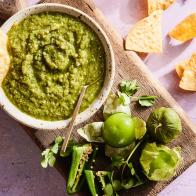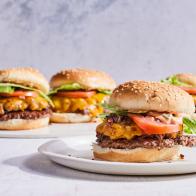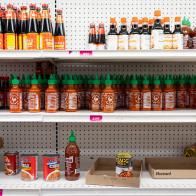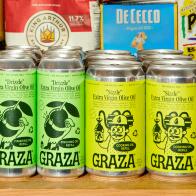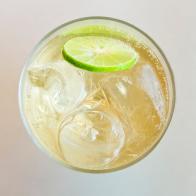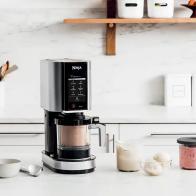Diet 101: DASH Diet

The Dietary Approaches to Stop Hypertension (DASH) Diet has been traditionally recommended for those with high blood pressure. However, this diet was recently ranked as the Best Overall Diet for Healthy Eating by U.S. News.
What Is the DASH Diet?
The DASH Diet was created by the National Heart, Lung and Blood Institute in order to help prevent and lower high blood pressure (AKA hypertension). The diet promotes nutrients like potassium, calcium, fiber and protein, which have been shown help reduce high blood pressure. The plan emphasizes that you take in these nutrients by eating a variety of foods especially fruits, veggies, whole grains, lean protein and low-fat dairy. High calorie meats (like red meat), high fat and high sugar foods are all discouraged, and reducing salt intake is encouraged. Although this plan was created for those with high blood pressure, it is no more than a well-balanced diet where whole foods are encouraged while high calorie and processed foods are discouraged.
The plan also encourages regular exercise and an overall healthy lifestyle including not smoking.
The DASH Diet Plan
Below are guidelines for a 2,000 calorie meal plan. As different folks have different calorie needs, the DASH website can help you determine the calorie level that is best for you, and the chart on the site adjusts for different portions for the different calorie ranges.
- Grains: 6-8 servings per day
- Vegetables: 4-5 servings per day
- Fruits: 4-5 servings per day
- Fat-free of low fat milk products: 2-3 servings per day
- Lean meats, poultry and fish: 6 or less servings per day
- Nuts, seeds and legumes: 3-5 per week
- Fats and oils: 2-3 servings per day
- Sweets and added sugars: 5 or less per week
- Max sodium limit: 2,300 milligrams per day
How Much Does the DASH Diet Cost?
Guidelines for the DASH Diet can be found on the NHLBI website free of charge. There are many books on the diet on the market, such as The Dash Diet Action Plan by Marla Heller, MS RD which costs $22.99.
As for food costs, fresh fruits, vegetables and whole grains may cost you more than highly processed foods that are on sale but the end results have been scientifically proven, so in this case, a bit of extra money is worth it to your health. You can always save money by purchasing frozen fruits and veggies, which are allowed on the DASH Diet.
The Good
- The plan encourages whole foods and plenty of whole grains, fruits and veggies
- It’s a well-balanced diet
- No supplements are recommended
- Alcohol is allowed in moderation: 2 drinks per day for men and 1 drink per day for women
- Guidelines for hypertension are based on scientific research
The Not-So-Good
- You’ll need to keep track of servings from each food group
- Eating out and traveling may be difficult
- It takes time to get used to food with less salt
Bottom Line
This is a sensible plan that can lead to healthy weight loss and help decrease your chances of developing high blood pressure. It’s a win-win situation.
TELL US: Have you tried the DASH Diet?


